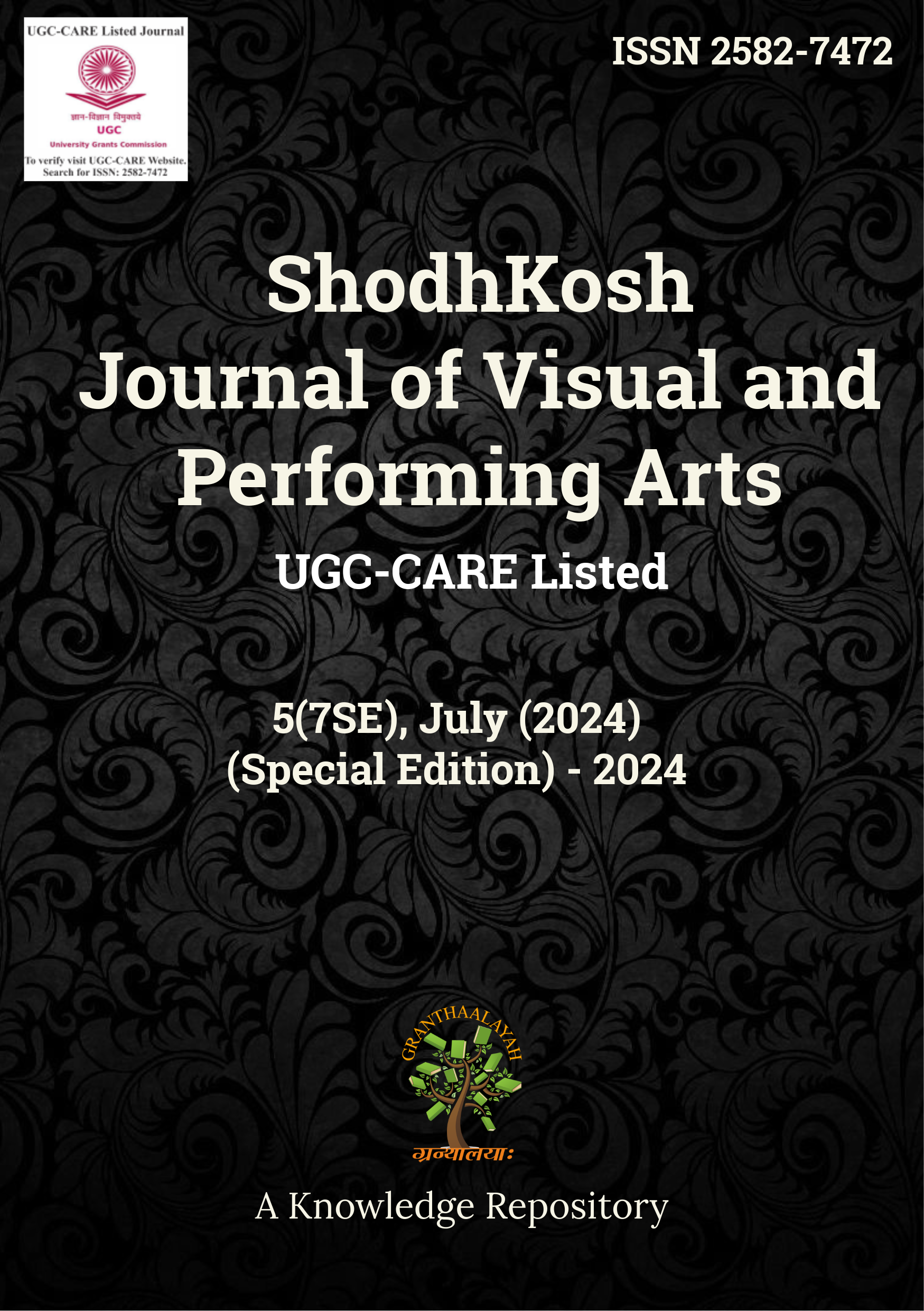RACIAL TRAUMA AND SELF-DESTRUCTION: THE PSYCHOLOGICAL CONSEQUENCES OF DISCRIMINATION IN THE BLUEST EYE
DOI:
https://doi.org/10.29121/shodhkosh.v5.i7SE.2024.5832Keywords:
Racial Trauma, Self-Destruction, Psychological Consequences, Discrimination, The Bluest Eye, Toni Morrison, Internalized Racism, OppressionAbstract [English]
This paper explores the psychological consequences of racial discrimination in Toni Morrison’s The Bluest Eye (1970), with a focus on racial trauma and self-destruction. This study explores how systemic oppression and internalised racism result in catastrophic mental and emotional collapse through an examination of important people, especially Pecola Breedlove. This paper uses literary and psychological frameworks to show how Morrison challenges systematic racism and how it affects African Americans' self-perception and mental health.
References
Morrison, Toni. The Bluest Eye. Vintage International, 2007.
Hooks, bell. Black Looks: Race and Representation. South End Press, 1992.
Williams, David R., and Selina A. Mohammed. "Racism and Health I: Pathways and Scientific Evidence." American Behavioral Scientist, vol. 57, no. 8, 2013, pp. 1152-1173. DOI: https://doi.org/10.1177/0002764213487340
DeGruy, Joy. Post Traumatic Slave Syndrome: America’s Legacy of Enduring Injury and Healing. Uptone Press, 2005.
Fanon, Frantz. Black Skin, White Masks. Grove Press, 1952.
Downloads
Published
How to Cite
Issue
Section
License
Copyright (c) 2024 Jyoti Dnyaneshwar Walunj, Dr. Sachin Gadekar

This work is licensed under a Creative Commons Attribution 4.0 International License.
With the licence CC-BY, authors retain the copyright, allowing anyone to download, reuse, re-print, modify, distribute, and/or copy their contribution. The work must be properly attributed to its author.
It is not necessary to ask for further permission from the author or journal board.
This journal provides immediate open access to its content on the principle that making research freely available to the public supports a greater global exchange of knowledge.































